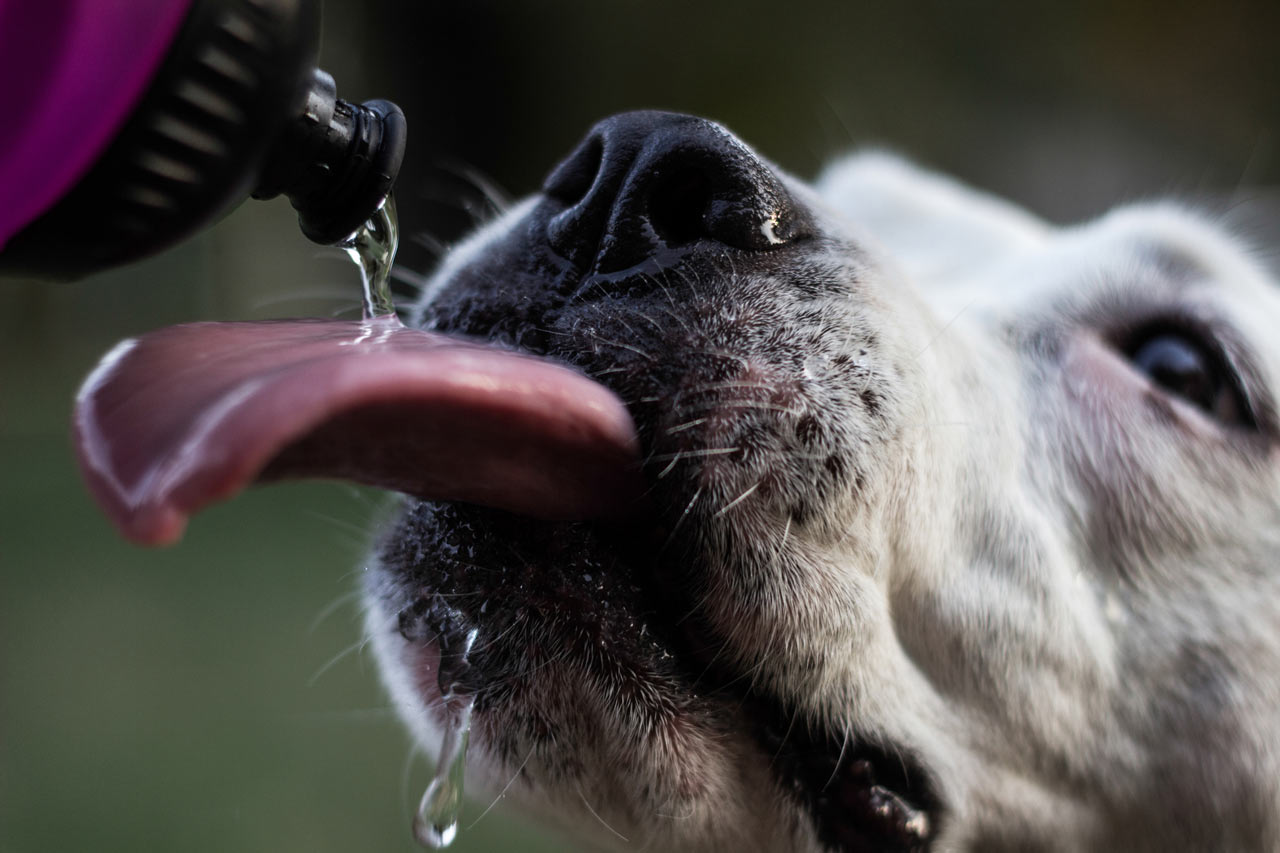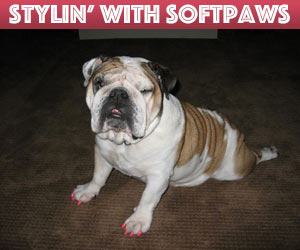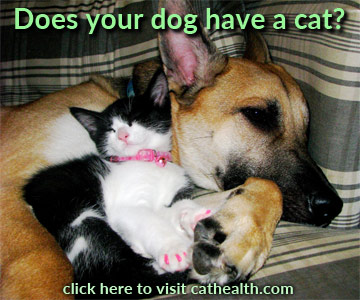Hydration Hacks for Dogs: Easy Tips for Year-Round Health

Why Hydration Matters
We often think about hydration during the heat of summer, but dogs need ample water all year long. Dehydration doesn't just happen during heat waves — even mild, chronic low-level dehydration can impact:
- Kidney function (filtering toxins, preventing stones)
- Joint health (cartilage needs fluid to stay cushioned)
- Energy and recovery (tired dogs may actually just be under-hydrated)
- Skin and coat quality
Learn more about risks and symptoms in our full guide on Dehydration in Dogs.
How Much Water Does Your Dog Need?
A good rule of thumb:
- Dogs should drink about one ounce of water per pound of body weight each day.
- That means a 40-pound dog should drink around five cups daily.
- Puppies, nursing dogs, and very active dogs may need even more.
Keep in mind: diet influences hydration. Dogs on kibble-only diets often need more water than those who eat wet or fresh foods.
Easy Hydration Hacks
1. Multiple Water Stations
- Place bowls in several rooms so water is always within reach.
- This is especially helpful for older dogs or those with mobility issues.
2. Keep It Fresh
- Wash bowls daily — dogs are picky, and slimy bowls equals less drinking.
- Stainless steel or ceramic bowls are best; plastic can scratch and harbor bacteria.
 If you use additives like broth or tuna water, wash that bowl after each use. These additives leave residue that encourages bacteria.
If you use additives like broth or tuna water, wash that bowl after each use. These additives leave residue that encourages bacteria.
3. Add Some Flavor (Safely)
- A splash of low-sodium chicken or beef broth can entice picky drinkers.
- A small amount of canned tuna water (packed in water, not oil) is another safe flavor boost most dogs love.
- Ice cubes can add novelty and encourage lapping.
- Offer flavored water separately in a clean bowl and pick it up within 30 minutes. This prevents bacteria growth and ensures your dog still drinks plain water during the day.
- Pet-labeled water additives: Many are safe, but not all are created equal. Choose reputable brands, avoid those with artificial sweeteners (like xylitol, which is toxic) or excess sodium, and check with your veterinarian if unsure.
4. Wet Their Meals
- Mix in canned food or add warm water to kibble to naturally increase moisture intake.
-
You can also soak kibble in water ahead of time:
- After the morning meal, soak the evening portion and refrigerate.
- After the evening meal, soak the next morning's portion.
- Soaking kibble boosts hydration and softens food — especially helpful for puppies, senior dogs, or those with dental problems.
- Bonus: adding a little warm water right before serving enhances aroma and palatability.
5. Try a Dog Fountain
- Many dogs love drinking from moving water.
- Fountains also keep water fresher by circulating it.
 Always provide a backup regular water bowl too — some dogs dislike fountains or may avoid them at first.
Always provide a backup regular water bowl too — some dogs dislike fountains or may avoid them at first.
6. Use Hydrating Snacks
- Some dog-safe fruits and vegetables have high water content, like cucumbers, watermelon (seedless), and blueberries.
- Explore more safe choices in our guide: Fruits and Vegetables Safe for Dogs.
Signs of Dehydration
Always watch for these red flags:
- Dry or tacky gums
- Lethargy or weakness
- Panting excessively (without exertion or heat)
- Loss of skin elasticity (gently lift skin at the scruff; if it doesn't spring back quickly, dehydration may be present)
- Sunken eyes (in more advanced cases)
If you suspect dehydration, encourage drinking immediately. If symptoms are severe (vomiting, collapse, refusal to drink), contact your veterinarian right away.
Can Dogs Get Too Much Water?
While most dogs don't drink enough, there are a few risks to be aware of if they drink too much or if water is added improperly to food:
1. Water Intoxication (Rare but Serious)
- Happens when dogs drink excessive amounts of water in a short time (often from playing in sprinklers, lakes, or hoses).
- This can dilute sodium levels in the blood, leading to dangerous electrolyte imbalances.
- Symptoms may include bloating, lethargy, vomiting, loss of coordination, or seizures.
 This is rare, but important to recognize as an emergency.
This is rare, but important to recognize as an emergency.
2. Over-Soaking Kibble
-
Adding water to meals is usually safe, but:
- Too much water mixed in at once can make some dogs eat very quickly, leading to gulping and bloating.
- For large, deep-chested breeds prone to bloat (gastric dilatation-volvulus, GDV), this risk may be higher.
- Solution: soak kibble in a measured amount of water, serve smaller meals more frequently, and avoid exercise right before/after eating.
3. Underlying Health Concerns
- Excessive thirst (polydipsia) can be a symptom of illness (diabetes, kidney disease, Cushing's disease).
- If your dog suddenly starts drinking much more than usual, consult your veterinarian to rule out medical causes.
👉 Bottom line: Most dogs benefit from more hydration, but balance matters. Use common sense, monitor your dog, and when in doubt, check with your veterinarian.
Special Considerations for Hydration
-
Electrolyte support:
- In some cases (athletic dogs, illness with vomiting/diarrhea), plain water may not be enough.
- Only use electrolyte solutions made specifically for dogs — never human sports drinks.
- Do not use human electrolyte drinks (like Gatorade or Pedialyte). They have the wrong sodium/potassium balance and sometimes artificial sweeteners, which can be dangerous for dogs.
- Electrolyte products for dogs are carefully balanced — always consult your veterinarian before using them.
- Hydration & chronic disease: Dogs with kidney disease, diabetes, or pancreatitis may require special hydration strategies (subcutaneous fluids, prescription diets). Always follow veterinary guidance.
- Smart bowls & trackers: New pet tech includes water fountains with consumption trackers — useful for spotting subtle changes in intake that might indicate early illness.
- How Hydration Supports Dental Care: Drinking enough water can also help rinse food debris, supporting oral hygiene along with daily brushing.
Water: A Simple Key to Wellness
Hydration is one of the simplest, most powerful ways to support your dog's health. By making fresh water appealing and accessible, you'll protect your dog's kidneys, joints, energy, and overall vitality.
Make hydration a daily priority — your dog's body (and tail wags) will thank you.
Helpful Resources
Fruits and Vegetables Safe for Dogs
You May Also Like These Articles:
Is Giving Ice or Ice Water to Dogs Dangerous?
Giving Your Dog Clean and Fresh Water
How to Keep Your Dog Hydrated This Summer
Wet Food Vs. Dry Food For Dogs
Disclaimer: This website is not intended to replace professional consultation, diagnosis, or treatment by a licensed veterinarian. If you require any veterinary related advice, contact your veterinarian promptly. Information at DogHealth.com is exclusively of a general reference nature. Do not disregard veterinary advice or delay treatment as a result of accessing information at this site. Just Answer is an external service not affiliated with DogHealth.com.


